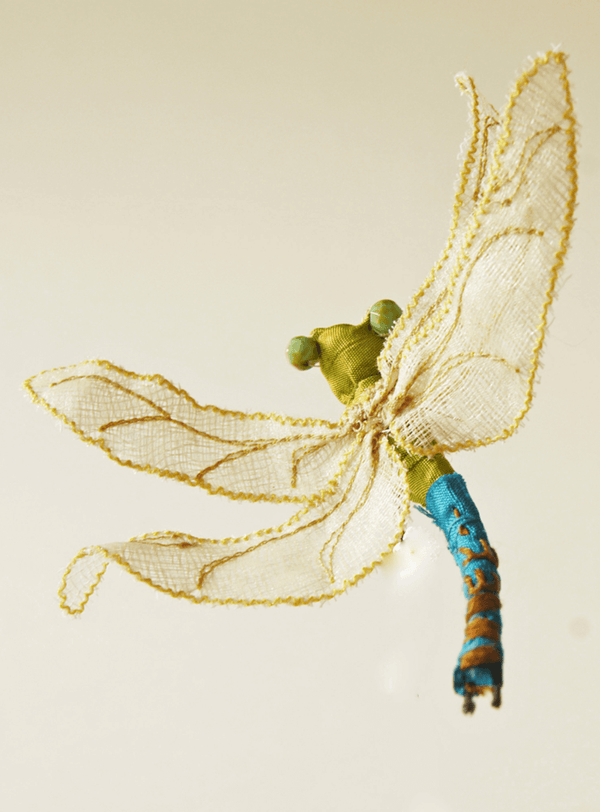Your Cart is Empty
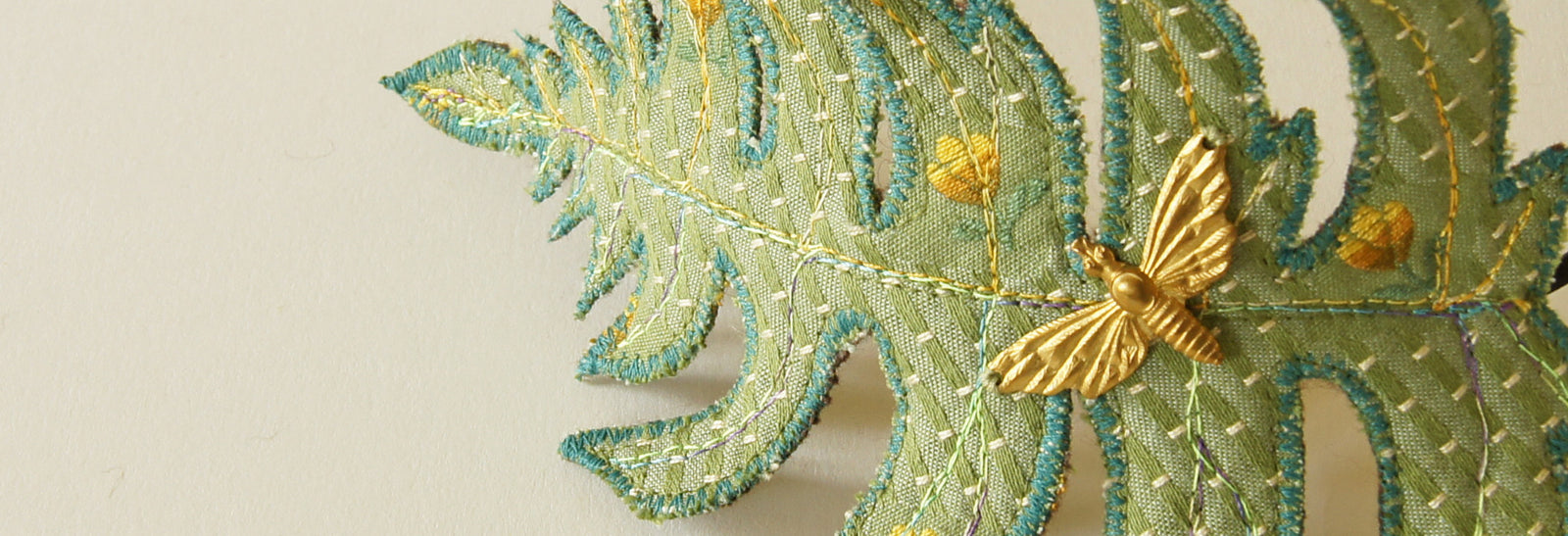
The Honey Bee in the Ancient World
June 28, 2010

 I am delighted to be participating in the blog it forward Bee series along with fellow members of the Artisans Gallery Team. Check out yesterday’s post by Sharon of Knot Originalon the team blog. And my post today will be followed by one from Kathi of Kathi Roussel, on her blog.
I am delighted to be participating in the blog it forward Bee series along with fellow members of the Artisans Gallery Team. Check out yesterday’s post by Sharon of Knot Originalon the team blog. And my post today will be followed by one from Kathi of Kathi Roussel, on her blog.
With much respect and admiration for ancient art, I present a post on bees in the ancient world, their importance to the ancients in so many aspects.
Beekeeping was widely practiced in the ancient world. Bees and beekeeping are often depicted in ancient artwork. But let’s begin with the discovery in 2007 of remnants of ancient honey combs, beeswax and intact hives, attesting to a 3,000 year old beekeeping industry in Northern Israel. The Bible refers to Israel as a “land of milk and honey” but no mention of honey bee cultivation. These findings show that there was a highly developed beekeeping industry in the Holy Land.


The ancient Egyptians are considered the first beekeepers in history. The bee and its products had an importance that was not only agricultural, but also nutritional, medicinal and ritualistic. Honey was more than just food, it was applied to wounds for its antiseptic properties and was believed to prevent miscarriages. Beeswax was used in mummification and in candle making. There was also a large demand for honey to be used as offerings to the gods. Ramses III made an offering of 21,000 jars of honey to Hapi, the Nile god. And when Re wept, his tears turned into a bee which “busied himself with the flowers of every plant, and so wax was made and also honey.”



The bee and the sedge plant together represent the “Ruler of Upper and Lower Egypt”, the traditional epithet of Egyptian Kings used from 3100 BC onwards.


The primary religious figure for the Minoans of Crete was the Mother Goddess. She had numerous manifestations, one of which was a bee. The Queen Bee was especially important, for she was the leader and the ruler of the hive, adored by Bee priestesses.
Some exquisite gold jewelry survives from Knossos (Middle Minoan period, 1700-1550 BC) such as this pendant (above) depicting two bees on either side of a honeycomb.
Also, a sketch of an onyx gem (also above) depicting the goddess as a woman with the head and eyes of an insect.
Like the Minoans, the Greeks held the Bee sacred and featured it in their mythology.


There are too many examples of Bees in Greek mythology to go into here, but these are my favorites:
Apollo gave the gift of bees to Hermes, including three female Bee maidens, the three Fates. The Omphalos stone at Delphi, site of the most important oracle in the ancient world, resembles a beehive with crisscrossing rows of bee symbols.
Honey was the food of the gods. Infant Zeus was fed honey by his nurse Melissa (Greek for honey bee), a nymph who discovered and taught the use of honey.
Honey was regarded as an elixir, ensuring a long and healthy life and preserving the remains of the dead. The Greek mathematician, Pythagoras, who lived to nearly 100, said his long life was due to a steady diet of honey. The Greek sea god, Glaucus, was supposedly restored to life when buried in a jar of honey.


For the Romans, Bacchus, god of wine, discovered honey and taught beekeeping to humans. Virgil wrote a practical beekeeping thesis, describing the working of the beehive in great detail. Pliny the elder called honey the “sweat of the heavens” and the “saliva of the stars.” For the ancients, then, the bee was a link between humans and the divine.

The bee was venerated for so long, but we have lost contact with the sacred qualities in nature, animals and each other, seeing everything as replaceable, in a throw-away society.
Become a defender of the honey bee!
• read and share our team’s posts
• become a beekeeper
• buy honey from your local cooperative
• wear a bee-inspired piece of jewelry
• spread the word, help save the bees!
Further reading:
The Sacred Bee in Ancient Times and Folkloreby Hilda Ransome
A Short History of the Honey Beeby E. Readicker-Henderson
SaveSaveSaveSaveSaveSaveSaveSaveLeave a comment
Comments will be approved before showing up.
Also in News
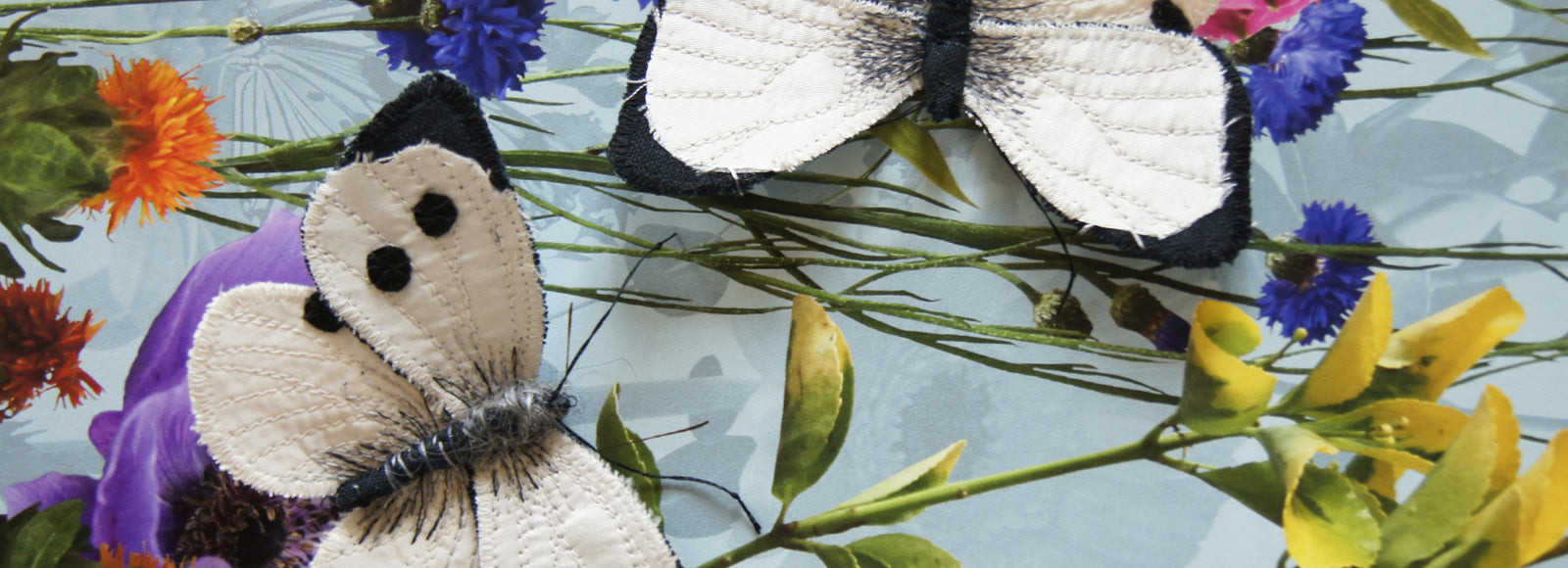
Dear garden
February 22, 2021
And today, she felt agile and unfettered.
No longer leaf-bound.
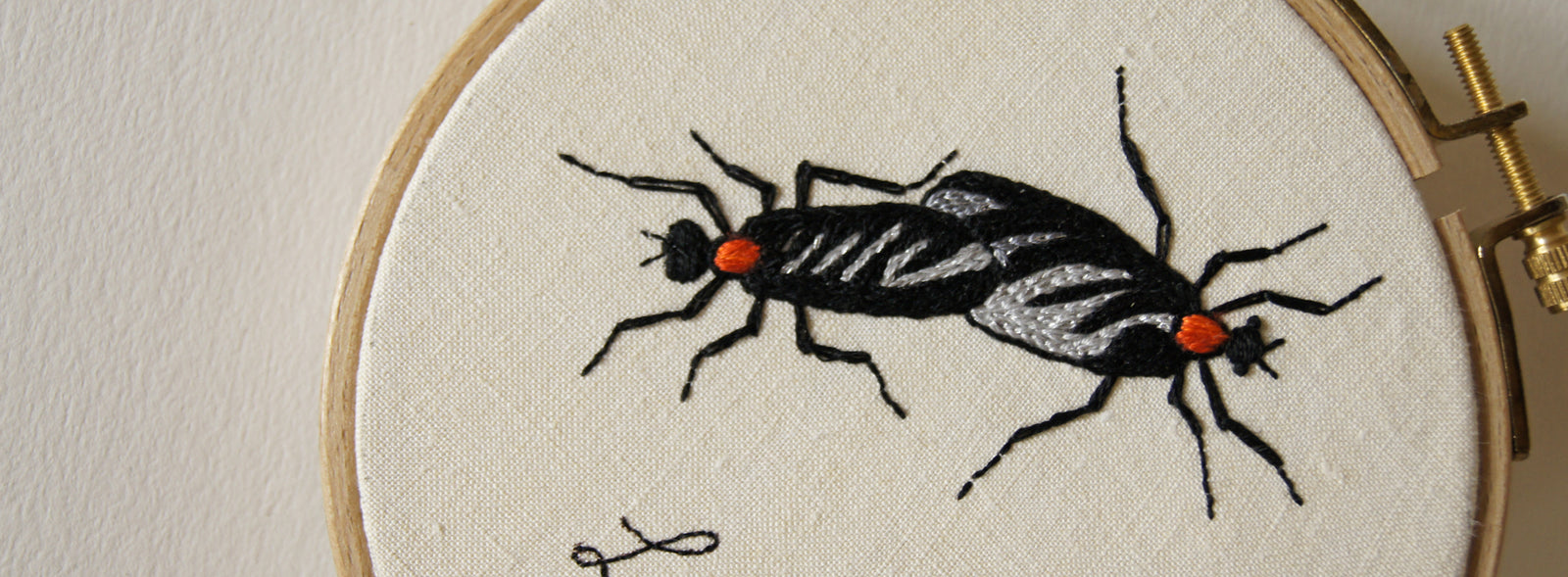
Lupercalia and lighthearted love bugs
February 12, 2021
Since many of us are nudged towards expressing our love through gifts in mid-February (admittedly, we can use all the gifts we can get, or give ourselves, these days) I thought it might be the moment to offer you a lighthearted embroidery pattern.
Read More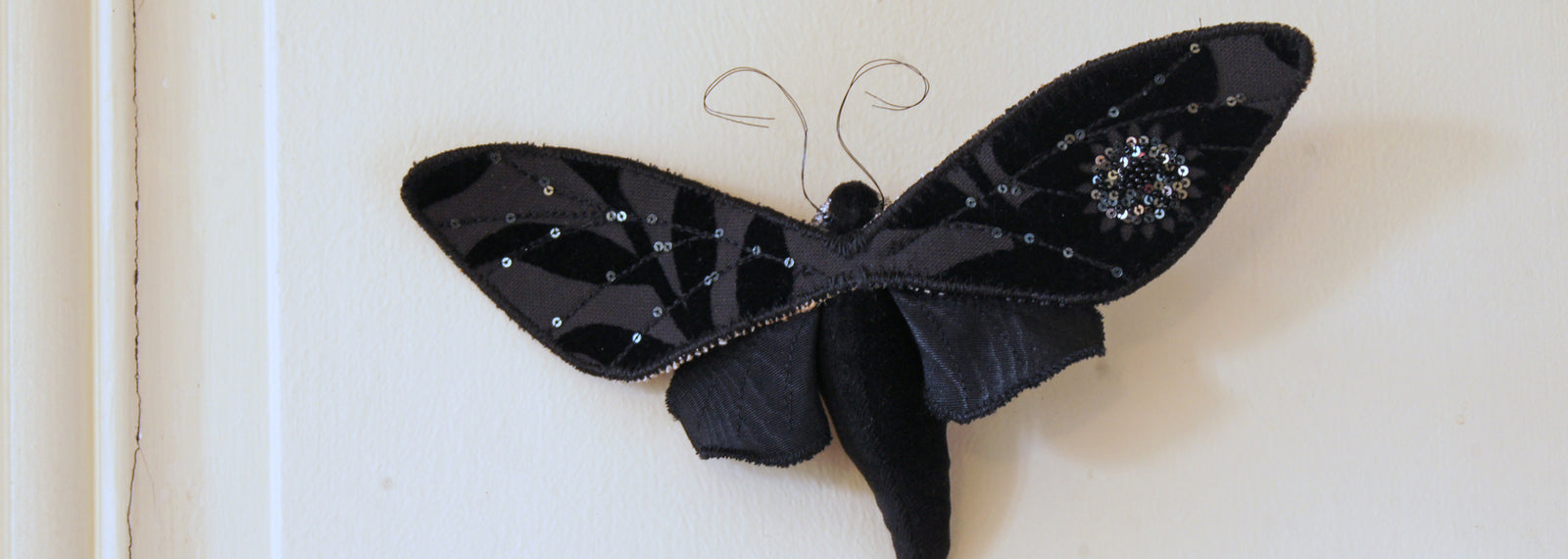
Tell & Show
January 25, 2021
A fear of messing up and wasting the viewers’ time came back each week, until I noticed that it felt fun to get on camera.
Subscribe
Sign up to get the latest on sales, new releases and more …
Recent Articles
- Dear garden February 22, 2021
- Lupercalia and lighthearted love bugs February 12, 2021
- Tell & Show January 25, 2021
- Slow Stitching December 07, 2020
- The Sphinx by Edgar Allen Poe November 01, 2020
- Fabric Moth Tutorial Part 4 October 06, 2020
- Fabric Moth Tutorial Part3 October 06, 2020
- Fabric Moth Tutorial Part 2 October 06, 2020
- Fabric Moth Tutorial Part 1 October 06, 2020
- Bullies, butterflies and other beasts May 07, 2014






